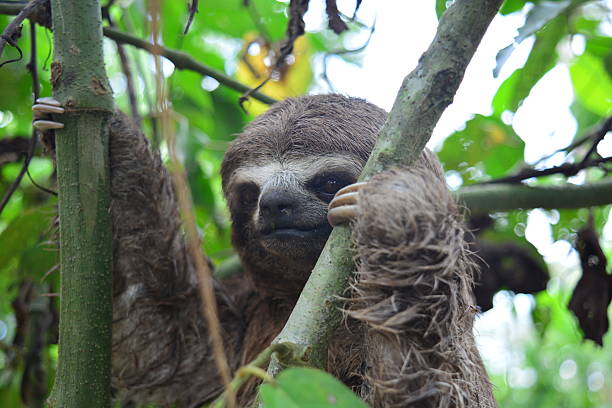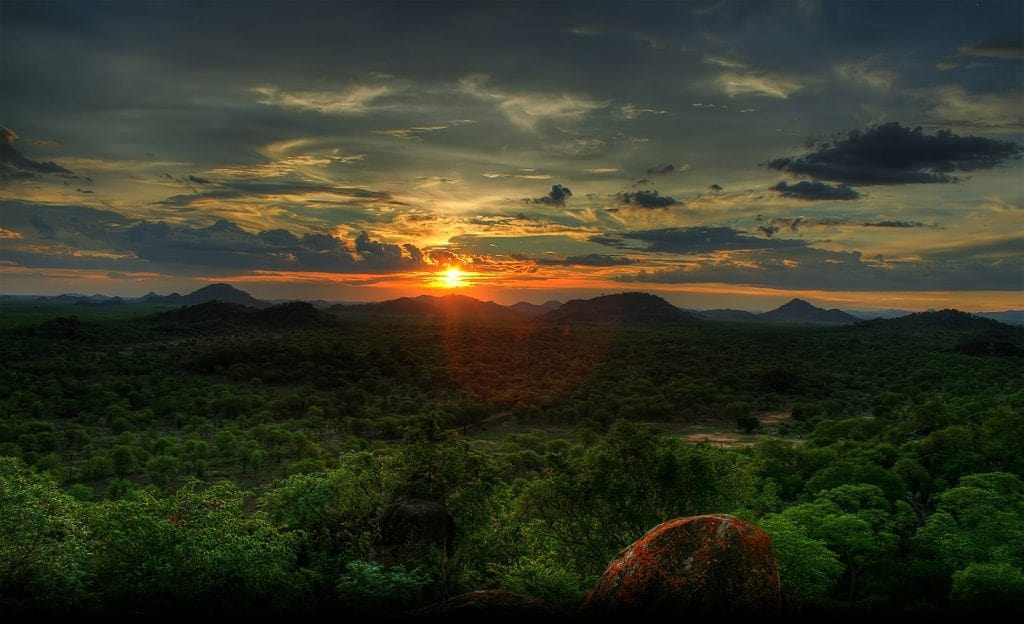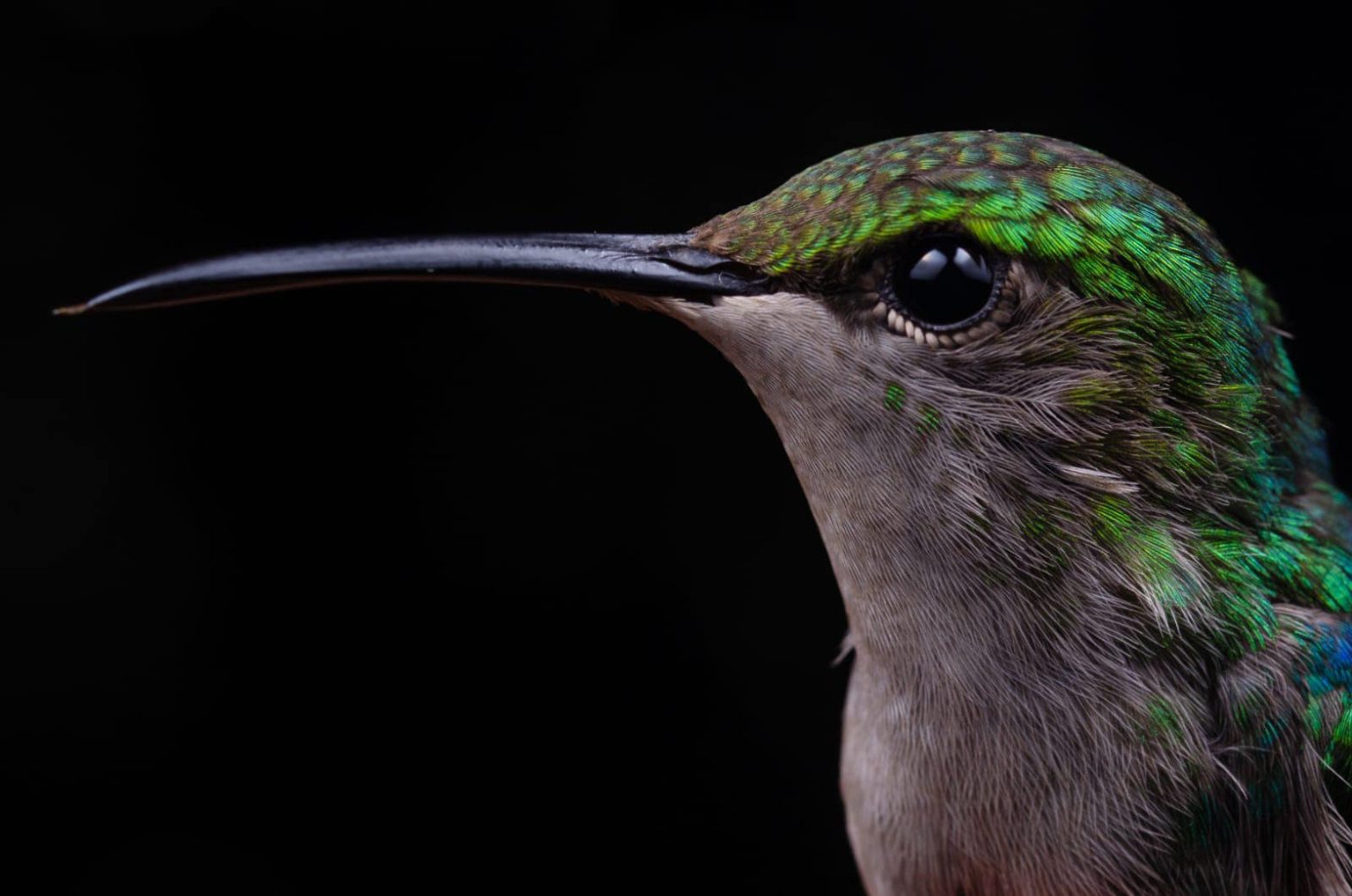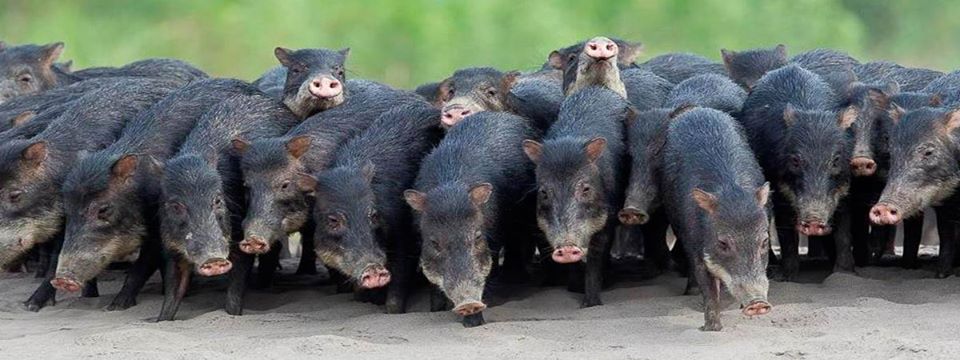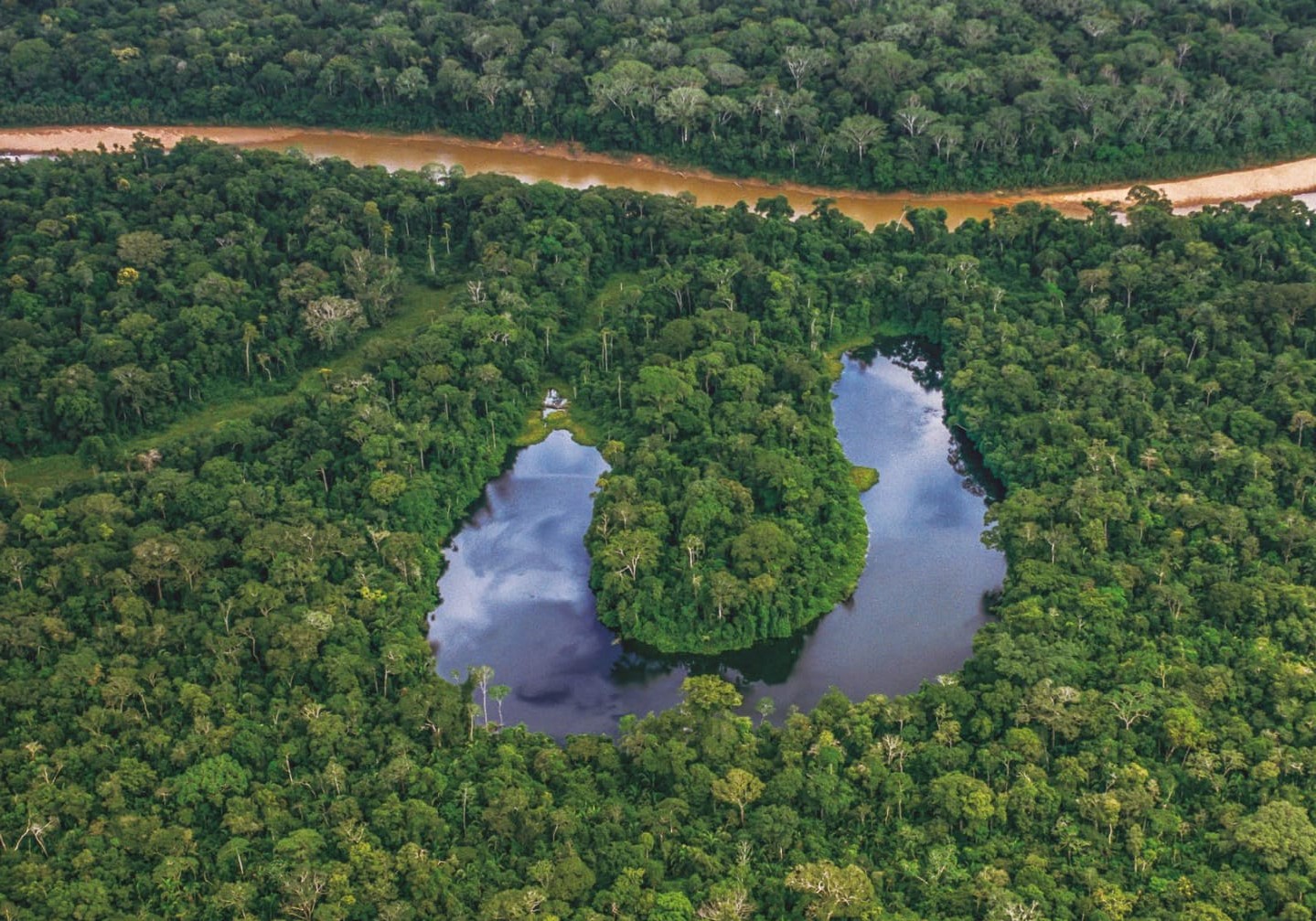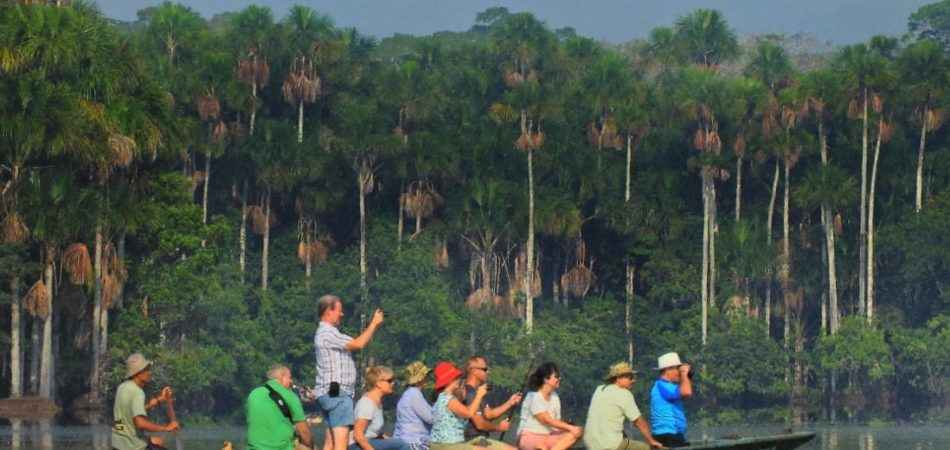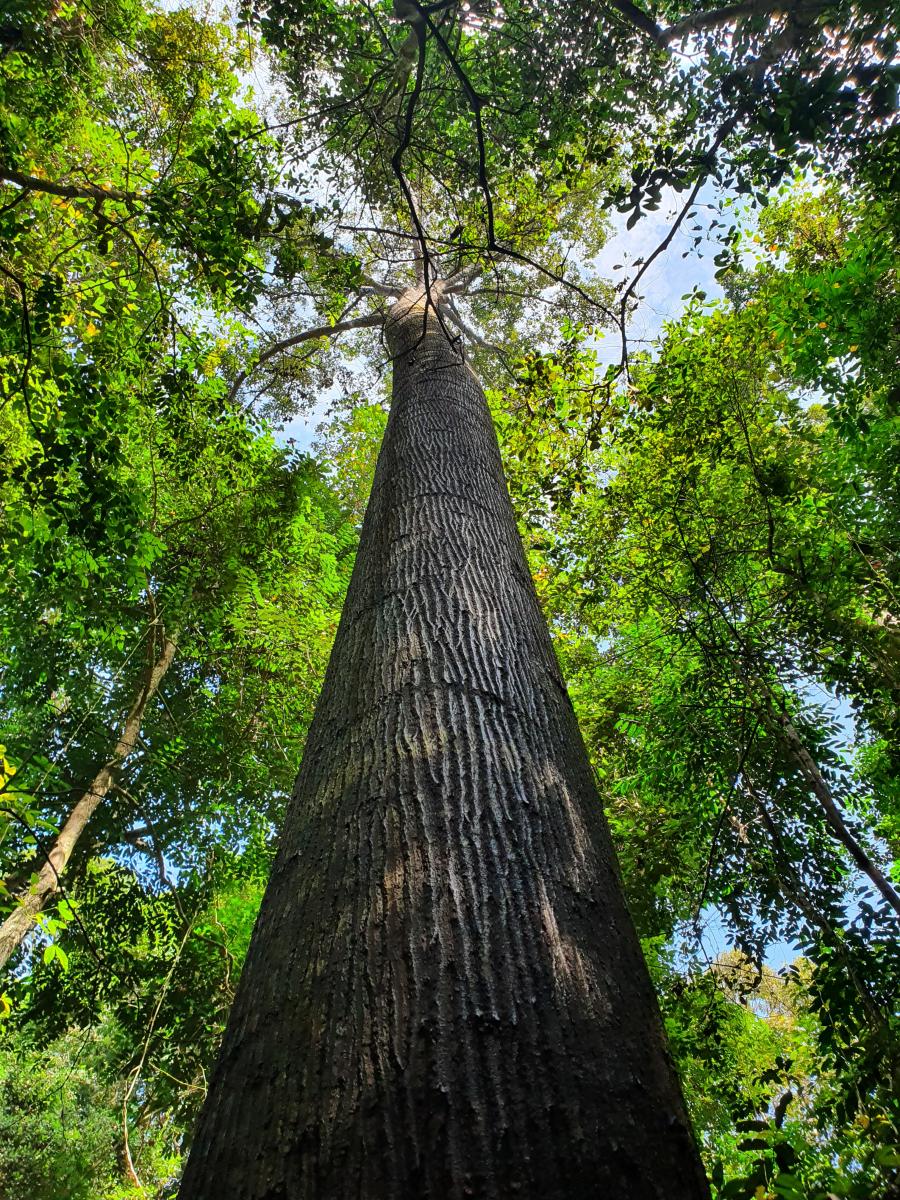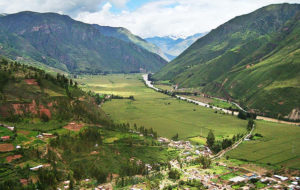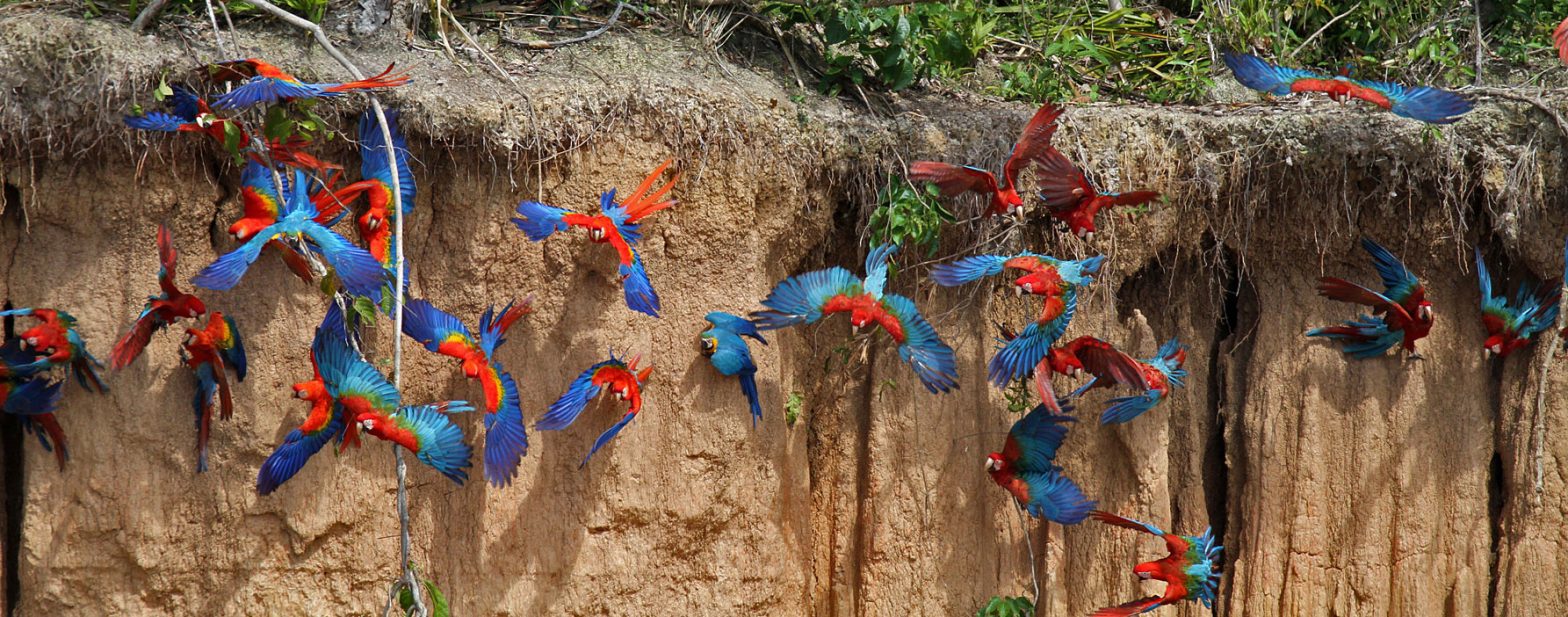Mammals of the Amazon
Mammals of the Amazon of the Rainforest Peru . Within four hours by boat to Bolivia, Reserva Amazónica sits along the Mammals of the Amazon Basin in Tambopata Perù. The exclusive resort resides within a one-hour boat
ride from the nearest city, Puerto Maldonado. Reserva Amazónica allows each guest personalization of theirrainforest excursions regardless of weather conditions and length of stay. Bilingual nature interpreters, specialized in the flora and fauna of the Tambopata trips region, facilitate these excursions in jungle trips.
Visitors can walk along well established trail systems, including a wetlands boardwalk; they can take canoe
excursions around lake Valencia and Sandoval Lake, as well as Gamitana Creek; or they can take a tour to a river island, a large butterfly house, orchid and medicinal plant gardens, and more. The
packages resonate with all levels of biological and travelenthusiasts. Beyond the natural marvels, the resort encompasses full bar services, exquisite three-course cuisine (vegetarian
options included), and river front massage therapy.
The giant anteater (Myrmecophaga tradactyla) Mammals of the Amazon
is the largest edentate and among the largest rainforest animals, up to 2.8m long and weighing 39kg. Strictly terrestrial, it searches the forest floor where ants and termites are most plentiful.
Insects are no match for the anteater whose claws rip open nests in seconds, while tough hairy skin protects it against stings and bites in jungle. With a long snout and sticky tongue it probes for its abundant food. If you walk off a forest track a short way you often see holes where an anteater has dug through an ant’s nest in jungle.
Its digging tools also come in handy to defend itself and it can easily kill a dog. Rare in rainforest and locally extinct in many places, the giant anteater is threatened anteaters are easiest to see in grassland savannah habitats
In the same order as sloths and anteaters, armadillos are well-known to southerners, familiar with the nine- banded armadillo (Dasypus nouemcinrtus) whose range from South America, stretching ever further north, makes
it the most widespread armadillo in amazon rainforest mammals. The largest is giant armadillo (Priodontes Maximus) at over 1.5m long from head to tail and up to 30kg in weight.
Due to over-hunting the giant armadillo is extinct over much of its former range (Armadillos are rarely seen in jungle peruvian, on account of their quiet, nocturnal and solitary habits. If you do see one it will more than likely be curled up in a
tight ball to protect the vulnerably soft parts of its body. Broadly omnivorous, they feed on ants and other insects, various small animals, carrion, fungi and fruit. The biggest forest herbivore is the amazon Manu park and tambopata.
Discover the Enigmatic Tapir: Mammals of the Amazon
Meet the tapir, one of the Amazon rainforest’s most intriguing inhabitants. Renowned for their exceptional swimming skills, these fascinating mammals thrive in lowland tropical and subtropical forests, favoring lush, wet environments and seasonally flooded areas.
A Master of Adaptation While tapirs are remarkable swimmers, they can also sprint at surprising speeds on land, showcasing their versatility. These nocturnal creatures are most active at night, foraging for a diet rich in leaves, fruits, grasses, and
aquatic plants. Adults can grow to about 2 meters in length and weigh over 227 kg, making them a true marvel of the rainforest.
Mammals of the Amazon Facing Challenges
Despite their adaptability, tapirs are under threat. Deforestation, hunting, and competition from domestic livestock have significantly reduced their populations across their natural habitats. Ongoing habitat loss remains apressing concern for these gentle giants.
Conservation Efforts
To protect tapirs and their ecosystems, conservation initiatives are crucial. Supporting sustainable tourism and
responsible wildlife management can help ensure a brighter future for this unique species.
Mammals of the Amazon Peccaries or Sajino (Tayassu spp) –
also called boars, are smaller than tapir, weigh around 30kg and are related to pigs. Commonest is the widespread
collared peccary ( tajacu) which is omnivorous and consumes any edible plant, small animals or carrion in jungle.
Roaming in groups of ten or more, pungent cheesy smells reveal their presence long before sight or sound.
Aggressive animals, they can inflict serious wounds with their 8cm-long tusks. Intensively hunted for meat,
peccaries are listed as threatened in amazon rainforest .
Mammals of the Amazon -Red brocket deer (Mazama amerbana)
venture into forest clearings or even to the edge of gardens and plantations. Although common and widespread,
deer are shy and retiring Carnivores Carnivores are well represented, with the main terrestrial ones being cats or weasels in jungle.
The dog family, with two rare and obscure species, is relatively insignificant the cot family ( felidae) At the top of
the food chain, wild cats are uncommon everywhere the amazon rainforest.
Their Conservations prospects are worsened by over-hunting. All South American felids Are officially endangered
Four are spotted cats; golden yellow with Black spots or stripes.
Two others are uniform color For many, seeing a cat would be the ultimate goal of a trip to the Amazon,
but cats are extremely unlikely to be seen in the wild on an overage length visit. They are rare, wary of humans and
in the main nocturnal, but observe carefully and you can pick up evidence of activity.
Look for tracks by muddy rivers or claw on a tree Cats may be seen on trails at night or around water margins in remote areas.
Local zoos sometimes display captured jaguars and smaller cats.
Encounter the Majestic Jaguar: The King of the Americas
Jaguar (Panthera onca)
The jaguar, a symbol of power and mystery, reigns as the largest cat in the Americas. Found primarily in the heart of the Amazon rainforest, these magnificent creatures are revered yet feared for their stealth and strength. While
they inhabit diverse ecosystems—from lush rainforests and flooded swamps to arid thorn scrub woodlands—their populations are dwindling, especially outside their Amazonian stronghold.
Master of Adaptation
With a sleek physique built for agility, jaguars are remarkable swimmers, climbers, and sprinters. Their powerful limbs enable them to navigate various terrains with ease, showcasing a prowess that few other predators possess. Jaguars primarily hunt large ungulates, such as deer, but they are opportunistic eaters, preying on peccaries and
even caimans. Their extraordinary bite force allows them to penetrate the tough shells of turtles, making them formidable hunters in their domain.
Facing Peril
Sadly, the jaguar’s future hangs in the balance. Habitat destruction, decreased prey availability, and human conflict have led to a significant decline in their population, estimated at fewer than 50,000 mature individuals in
the wild. While hunting for their striking pelts has greatly reduced since the 1970s, jaguars still face threats from ranchers who perceive them as a danger to livestock.
Meet the Ocelot: The Enchanting Miniature Jaguar
Ocelot (Felis pardalis)
Discover the ocelot, a captivating feline that resembles a miniature jaguar. This stunning creature measures just over one meter in length, yet its sleek, graceful form weighs around 11 kg, making it a lightweight marvel of the wild.
A Beautiful Hunter
Ocelots are renowned for their striking coat, adorned with beautiful spots and rosettes that provide perfect
camouflage in their lush tropical habitats. Found throughout the neotropics, from the southern United States to
South America, these elusive cats are primarily nocturnal, showcasing their hunting skills under the cover of darkness.
Adaptable and Agile
Despite their size, ocelots are agile hunters, preying on a variety of animals, including rodents, birds, and even reptiles. Their adaptability to different environments, from dense forests to savannas, makes them a versatile predator in the animal kingdom.
Conservation Concerns
While ocelots are resilient, they face threats from habitat loss and hunting. Conservation efforts are essential to protect their natural habitats and ensure that future generations can enjoy the beauty of these remarkable cats.
Discover the Wild Dogs of the Rainforest: Nature’s Mysterious Canids
Dogs (Canidae)
Venture into the heart of the rainforest and meet two of its most elusive inhabitants: the bush dog (Speothos venaticus) and the short-eared dog (Atelocynus microtis). These fascinating canids are small, raccoon-like creatures that embody the spirit of the wild.
The Enigmatic Bush Dog
The bush dog is known for its unique appearance and social behavior. This small canid thrives in groups,
showcasing a remarkable hunting strategy that allows them to navigate their wetland habitats. Despite their
intriguing social structure, much of what we know about them comes from observations of captive individuals,
leaving a significant gap in our understanding of their natural behaviors.
The Mysterious Short-Eared Dog
Similarly elusive, the short-eared dog is a rare sight in the wild. With its distinctive ears and compact build, it is
perfectly adapted to the dense underbrush of the rainforest. Like the bush dog, our knowledge of the short-eared
dog is primarily based on a few specimens and limited field studies, making them one of the most intriguing mysteries of the rainforest.
Meet the Tayra: The Agile Jungle Forager
Tayra (Eira barbara)
Introducing the tayra, a fascinating mammal that roams the lush landscapes of Central and South America.
Resembling a larger, darker version of the grison, the tayra stands out with its long legs and tail, making it an agile
and versatile creature in its natural habitat.
A Versatile Feeder
The tayra is a true opportunist, boasting a varied diet that includes small vertebrates, insects, and ripe fruits. This
adaptability allows it to thrive in diverse environments, from dense rainforests to open woodlands. While
primarily ground-dwelling, the tayra occasionally takes to the trees, showcasing its climbing skills as it forages for food
Discover the Fascinating World of Large Rodents
As you navigate the enchanting trails or glide through the waterways of the rainforest, keep your eyes peeled for a
remarkable creature that resembles an oversized guinea pig. This intriguing animal is likely a large rodent, with
the capybara being the most famous among them.
Meet the Capybara
Known as the world’s largest rodent, the capybara is a unique sight for wildlife enthusiasts. These fascinating
animals are strictly terrestrial, often seen lounging by rivers and in lush grasslands. With their distinctively smooth
coats and stout bodies, capybaras exhibit a low stance, long legs, and minimal tails, making them easily
recognizable in their natural habitat.
Why You Should Look for Large Rodents
Spotting a capybara or other large rodents in the wild is an unforgettable experience for travelers. Their social
nature and calm demeanor offer a rare glimpse into the rich biodiversity of the rainforest. Observing these gentle
giants in their natural environment adds a unique dimension to any wildlife adventure..
The Capybara (Hydrochaeris hydrochaeris)
the world’s largest rodent, weighs up to 113kg and can grow to be 1.4m long Tan to yellow-brown, it feeds on grass
and leaves and has a squarish muzzle. Easily tamed by natives as pets, the capybara could soon be bred
commercially in ranches as food as a sustainable rainforest industry to the benefit of the eco-system agoutis
(Dasyprocta spp), pagl (Agouti paca) and acouchys(Myoprocta spp) are coloured orange-red to grey to black. Of
these only the widespread paca has any markings rows of white spots.
No agoutis overlap in distribution with the black agouti (fulignosa) limited to western Amazonia with the red-
rumped agouti (agouti) prevalent only in Brazil and the Guyanas. Feeding on a variety of seeds and forage foods,
agoutis use their sharp incisors to open the tough coconut -sized Outer shell of the Brazil nut opossums .Normally
associated with Australia, the New world marsupial opossums are the living survivors of the time before South
America became an island continent when south America,
Africa and Australia were conjoined while Australian marsupials have flourished, their distant South American
relatives have lost out to Placental mammals. There are at present 41 species of opossum. Amazon opossums, like
most species, are nocturnal, sleeping by day and foraging at night.













